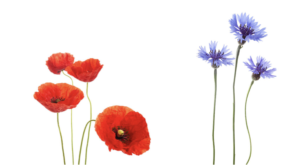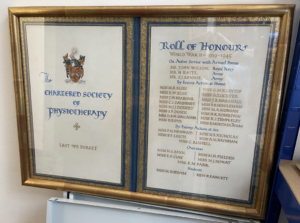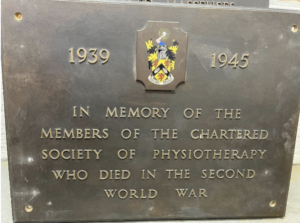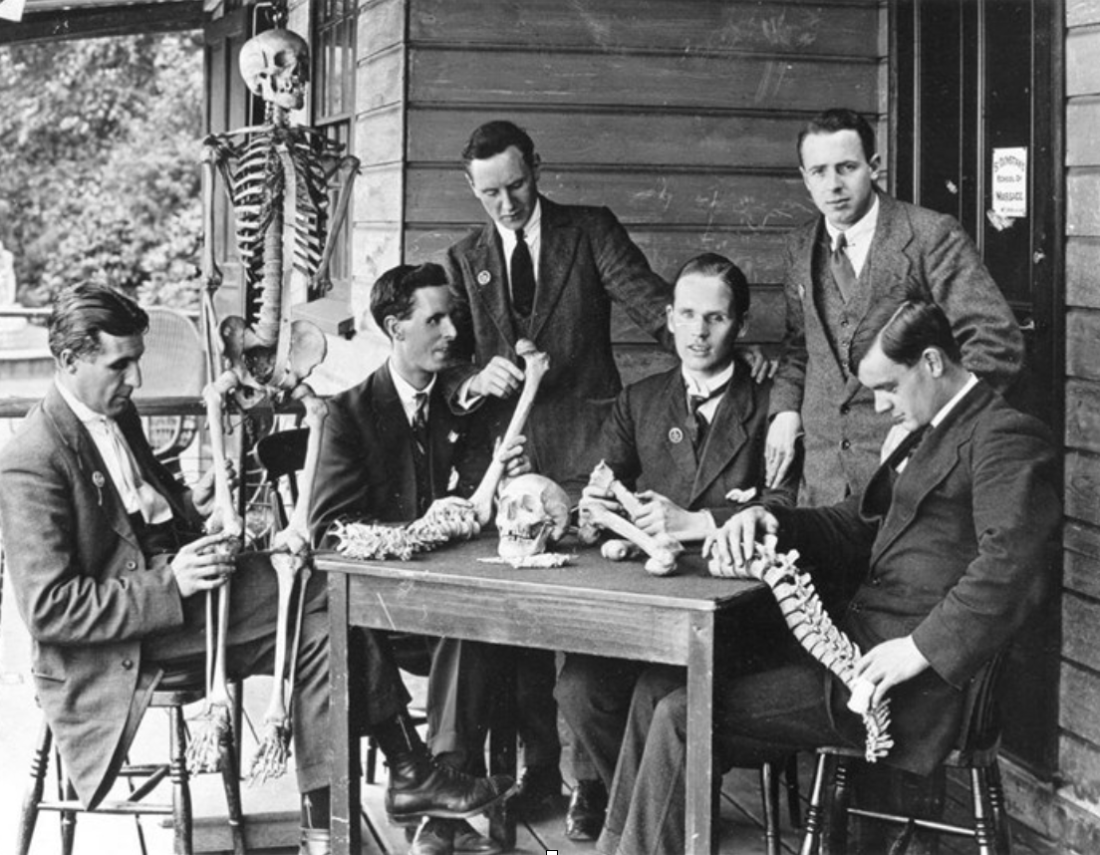At the eleventh hour on the eleventh day of the eleventh month – we will remember them.
The Armistice (Latin = “to stand arms still”) agreement to end the hostilities of the First World War at the beginning of peace negotiations, began at 11am on the 11th of November 1918. We mark the Armistice Day Day) around the United Kingdom with a Two Minute Silence at 11am on the 11th day of the 11th month. From this time many countries around the world have marked the anniversary of peace. In the United Kingdom the Royal Family held the first Armistice Day events at Buckingham Palace while in the United States President Woodrow Wilson proclaimed the first Armistice Day in 1919, although Congress didn’t formally adopt it until 1926. In France Armistice was first observed in 1920 and became a public holiday in 1924.
Since 1919 many countries have observed a two-minute silence starting at 11am. This idea of observing a short silence is credited to an Australian living in London – Edward George Honey, himself a veteran of the war. Honey strongly believed that the sacrifices made by his fellow soldiers warranted sombre recognition, more that he had seen in the streets on November the 11th 1918. He wrote to the London Evening News on 8th May, 1919, suggesting that each year the events include five minutes’ silence. Two minutes silence was decided upon and he was invited to the ceremony which took place a Buckingham Palace.
People participating in Armistice Day events have traditionally worn flowers, generally red poppies in English speaking countries and cornflowers in France and Belgium. The poppy was popularised because of the famous poem “In Flanders Fields” which was written in 1915 by a Canadian soldier, Lt. Col. John McCrae. In the USA a University of Georgia professor, Moina Belle Michael was so moved by the poem that she campaigned to make the poppy a national symbol of remembrance.
 By September 1920 the American Legion had agreed with her and took on the poppy as the official emblem at its convention in Cleveland and the idea spread to many countries. A French woman, Anna Guerin, was inspired to convince the then newly founded British legion to put the poppy at the centre of its first charity drive and the resulting “Poppy Appeal” in which volunteers exchanged artificial poppies for donations was so popular that it became used as a symbol of remembrance thereafter.
By September 1920 the American Legion had agreed with her and took on the poppy as the official emblem at its convention in Cleveland and the idea spread to many countries. A French woman, Anna Guerin, was inspired to convince the then newly founded British legion to put the poppy at the centre of its first charity drive and the resulting “Poppy Appeal” in which volunteers exchanged artificial poppies for donations was so popular that it became used as a symbol of remembrance thereafter.
World War One was such an unprecedented and horrendous conflict that It was generally hoped that this would be the “war to end all wars” and that Armistice Day would serve as an eternal warning the such a thing would never be repeated. However, tragically, World War Two broke out only twenty-one years after the first World War. As a result of this Armistice Day in the United States was changed to Veterans Day on June 1, 1954, with the object of honouring all veterans of the USA military. In the UK the second world war resulted in the replacement of Armistice Day with Remembrance Sunday (the nearest Sunday to 11th November). Therefore, the two minute silence takes place nationally on 11th November (Armistice Day) and commemoration service and march pass in the presence of members of the Royal Family, leaders of the armed forces, politicians, church leaders and veterans takes place at the Cenotaph at 11.00 on the nearest Sunday to the 11th. Commemoration events and church services are held at war memorials nationwide on Remembrance Sunday. France and Belgium kept the day unchanged
As with both World Wars (as is the case with all such conflicts) the impact on the profession of physiotherapy is profound and wide ranging.
The Headquarters of the Chartered Society of Physiotherapy has recently moved from its premises at 14 Bedford Row, London. In view of this I took the opportunity to ask for a photograph to be taken of the memorial plaque and Roll of Honour which were fitted inside the building. As is evident from the plaque physiotherapists from the armed forces and also civilians and students were lost during the hostilities. The Roll of Honour speaks for itself.


A Reminiscence from World War Two
From the Second World War Bunty Leatherdale (a physiotherapy student at Guy’s Hospital 1942 – 1944) recollected:
“I started on the three-year training as a physiotherapy student at Guy’s Hospital, London Bridge in 1942 when I became eighteen. Travelling from my home in Dulwich each day and studying and working in one of the great London hospitals was inspiring and strengthening spiritually – I felt it a privilege to be part of it.
Certain incidents I remember involved rockets and flying bombs. On one journey by train to the hospital a rocket landed a little ahead of the train beside the track. The train was perched perilously on the bank and we were not allowed to leave it. Houses had been hit and the heart-rending vision of people being rescued from the debris, some alive, some dead will stay with me for ever. We were at last allowed to leave the train and wand walked the remainder of the journey to London Bridge along the track.
On another occasion as I left West Dulwich station a flying bomb passed in the other direction and I heard the engine stop, prior to it falling and exploding. I knew it was heading for the home I had just left but found to my relief that our house had been missed. Sadly, however, the bomb had demolished the house of good friends. The mother of the family had been killed but the rest of the family had not been in the house at the time.
I clearly remember the nights spent down in our cellar. During one raid our house was straddled by a stick of bombs. The shaking and vibration was, I imagine, as an earthquake would feel.
Despite this I would often be studying and when the subject was anatomy, I would have my skeleton with me – the real thing in those days – not the plastic ones used now.
My father remarked, “it’s bad enough that racket going on above without seeing you surrounded by human bones”.
I remember a charm bracelet I always had with me on these occasions and when I took my exams. It was a powerful source of comfort and support. I survived the war and passed my exams, I still have this bracelet”.
Ref. Guy’s Hospital Physiotherapists’ Association 1917-2017 Centenary Celebrations book pp22-23 (2017). Maxine Buchele (Ed.).
Authors Note
The story by Bunty Letherdale is particularly poignant for me as when I was first appointed to the post of District Physiotherapy Manager and Lead in East Sussex in 1984 Bunty was for a short time a member of my physiotherapy Team. The Late Bunty Leatherdale retired later that year having worked as a Chartered Physiotherapist in Uckfield (Eastbourne District Health Authority) for around thirty years.

